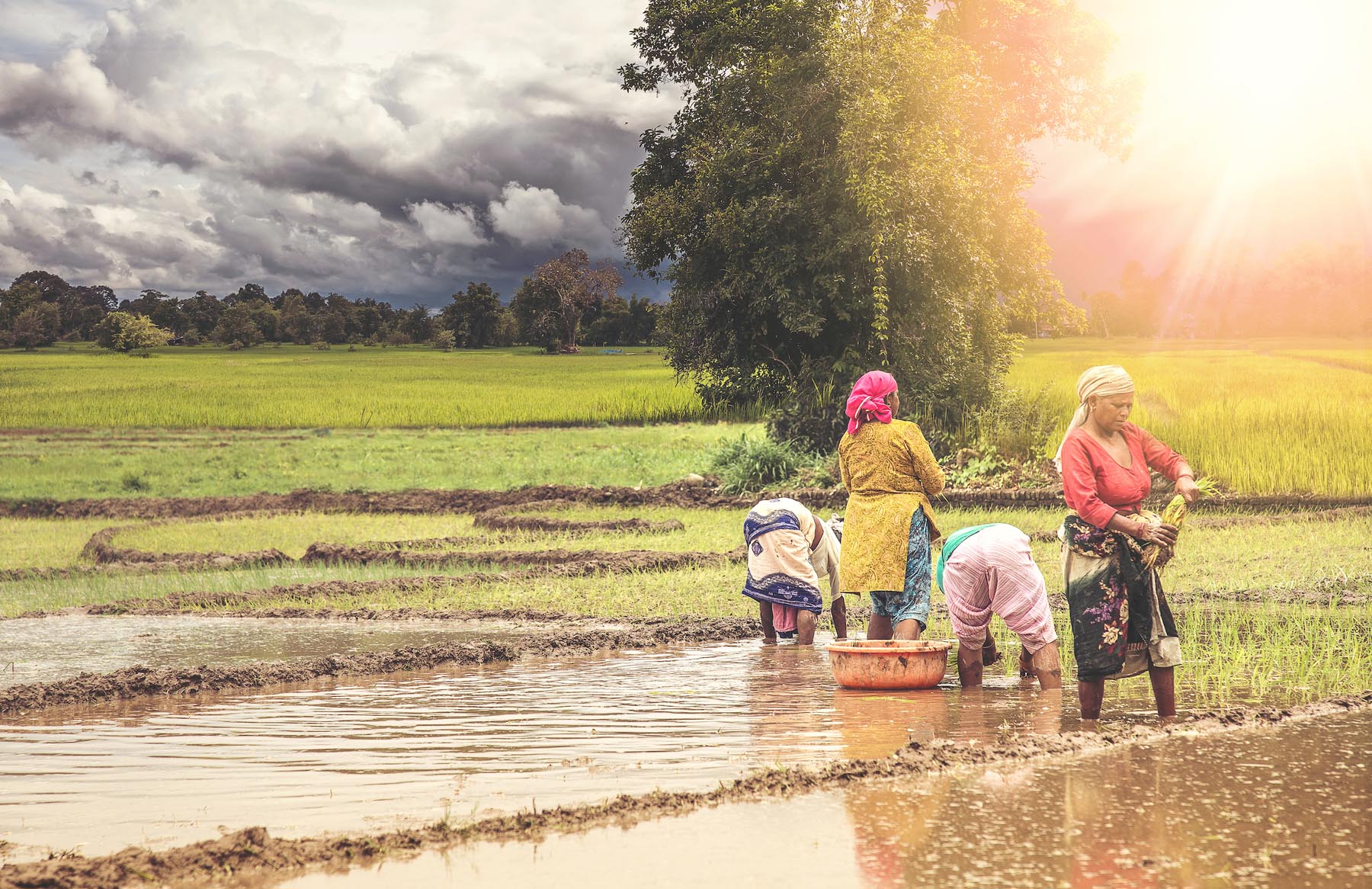Strategic grain reserves—also called emergency food reserves or food security reserves—have received considerable attention following the global food crisis of 2007–08. Various models for holding reserves have been discussed at such high-level forums as the G-8 Summit and have been studied by the New Economic Partnership for African Development (NEPAD) and other regional economic organizations. By early 2009, countries that already had such programs scaled up their existing reserves, while countries that had dismantled such policies began a discussion about re-instituting them.
In late 2009, IFPRI launched a set of four country case studies in Africa (Ethiopia, Kenya, Malawi, and Mali). All of these countries already had a strategic food reserve in place; the case studies provided important insights into the policy rationale and these reserves’ past performance, as well as implications for scaling up the various programs. Four broad messages emerge from the study:
- A strategic reserve is not the same as a food stock held by a marketing board/parastatals: Enforcing a floor price and ceiling price by marketing boards or parastatals has always involved holding physical stocks of grain. Strategic grain reserves are different from such stocks. In fact, the strategic reserve was introduced in many countries because marketing boards failed to address shocks, such as the prolonged droughts in the countries of Sahel region.
- Institutional design, stock level, and integration with social safety net are the keys to success: Operational performance with respect to benefits and costs of strategic reserves vary widely across countries. The costs of holding a metric ton of food varied from US$ 20 to US$ 46 in these countries. Our studies argue that this is largely attributable to varying institutional designs, stock determinations, and linkages with the social safety nets and emergency programs.
- Increasing stock level can potentially have large negative consequences: Increasing stock levels in the absence of the right institutional designs, optimal stocks, and integration with the safety nets can depress market prices and increase subsidy bills. This study estimates that prices can be depressed by 10–40 percent depending on stock size, rotation mechanism, and storage locations.
- Food-based safety nets can generate demand and support local markets: In all of the four case countries, social safety nets programs are much smaller than needed. The study demonstrates that scaling up social safety nets, such as school feeding or food for education programs, can generate local demand, which under certain conditions can boost production and contribute towards smallholders’ income.
This study is funded by the Bill and Melinda Gates Foundation. These notes are based on the draft technical report. This report has not yet been peer reviewed.







